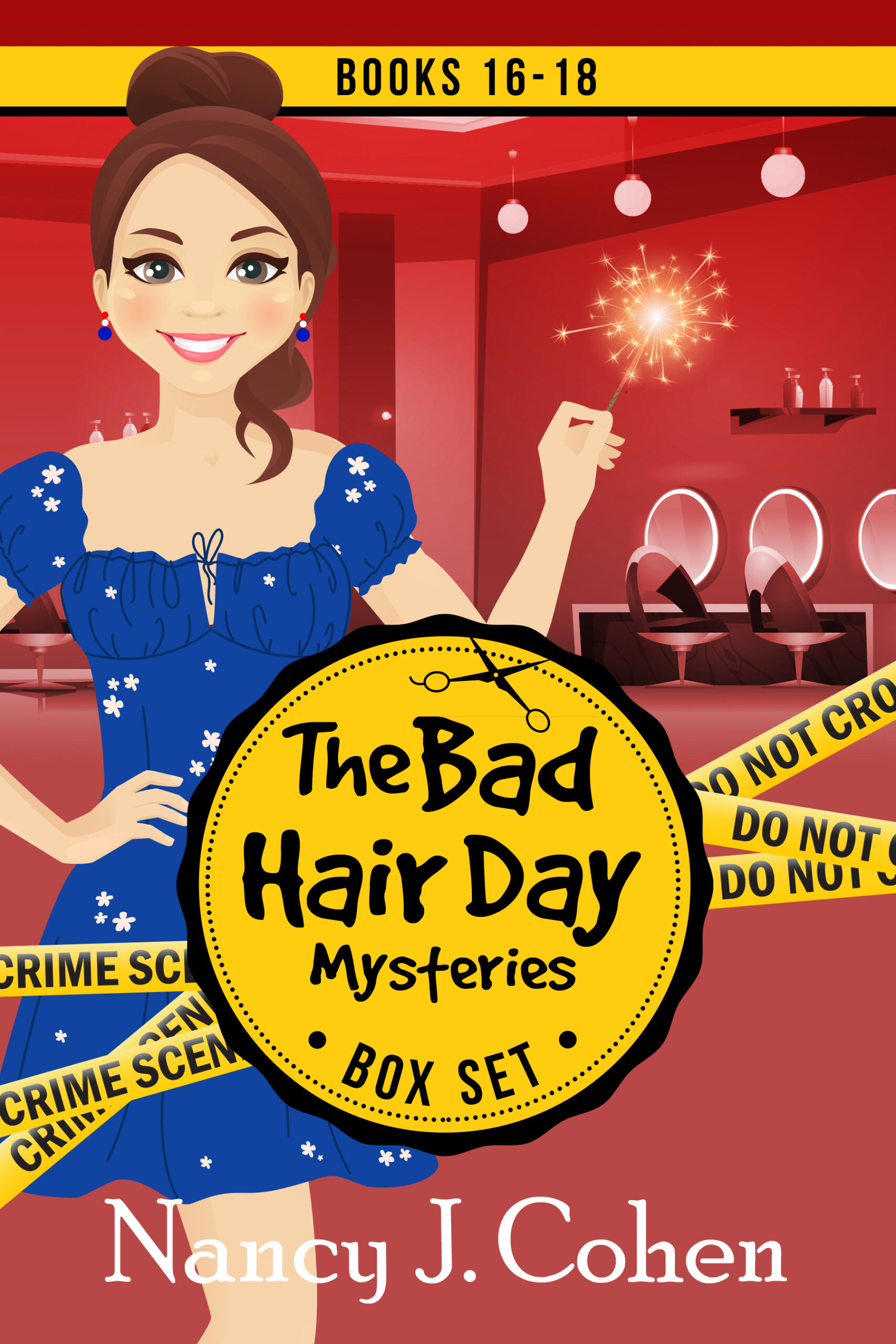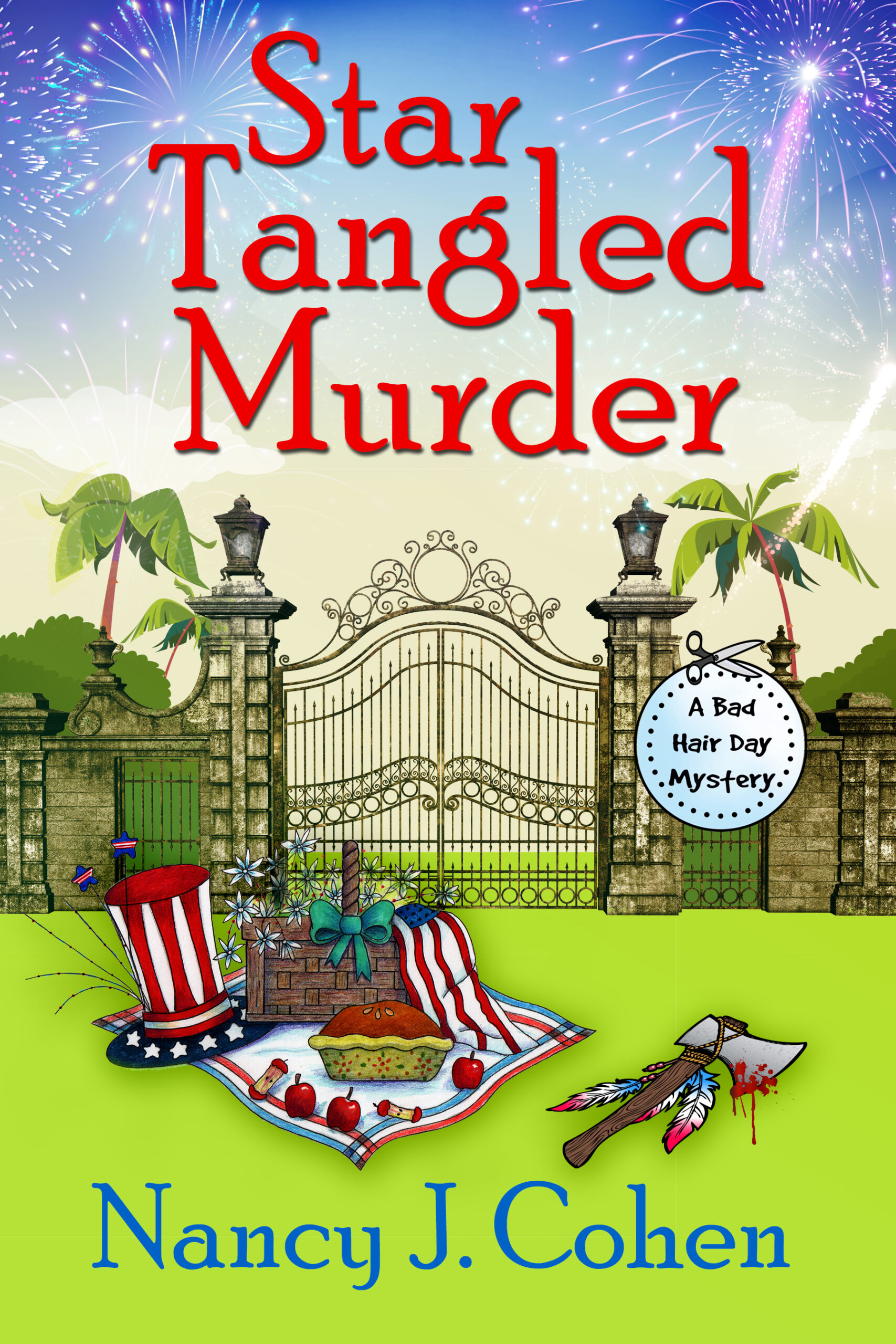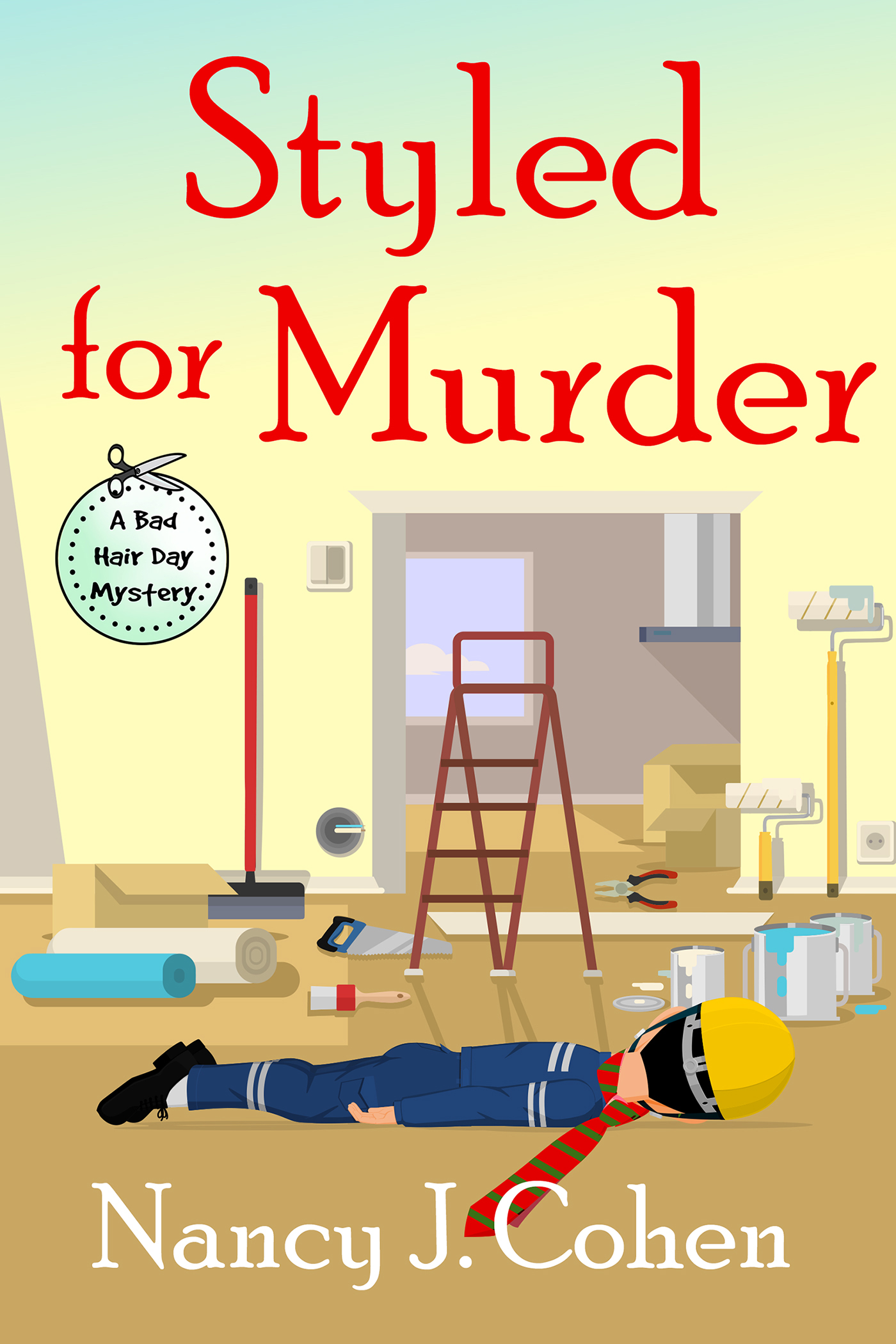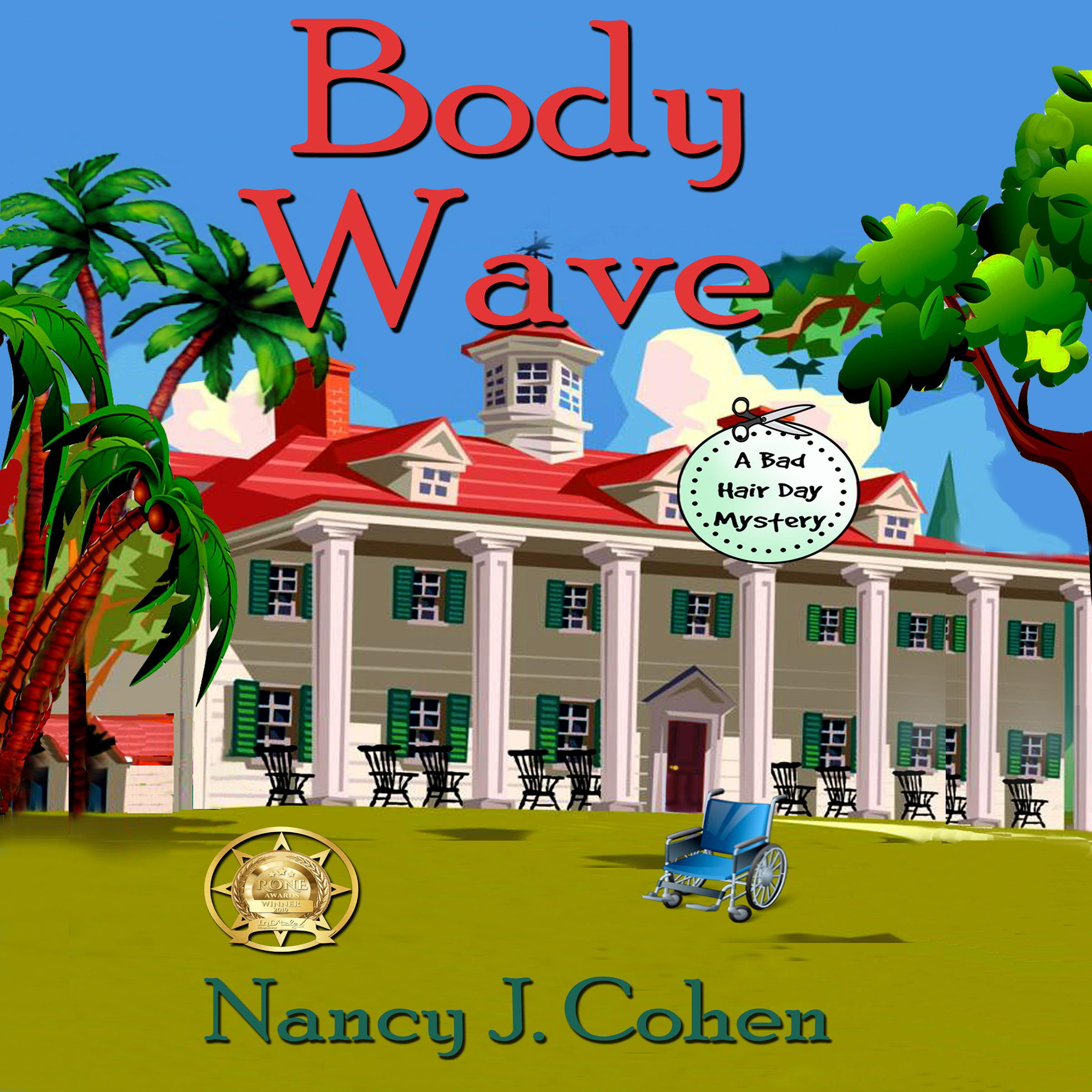What is the difference between Story versus Plot? A plot gives you the bones and structure for a novel, while the story is actually what takes place. Unless you’re a full-on Pantser, you won’t start the writing process until you have an outline or synopsis for what will occur.
Before I begin writing a novel, I’ll consider the following questions. We’ll start with the overall setting. Where will your story take place? What is the protagonist’s role in this environment? How will this setting contribute to the story?
It helps you to build a cast of characters if you have a setting within a setting. Let’s say your series is centered in Small Town, America. But the action takes place during a conference or a competition at a specific venue. The people attending this event have a common interest. This close-knit group will provide the suspects if you’re writing a mystery.
For a cozy, I’ll choose the victim next. How is the person killed? Where does the crime take place? When does it happen? What is this person’s relation to the sleuth?
Regarding your protagonist, what will motivate her to get involved? What are the stakes if she fails?
Some of these questions can’t be answered until you know whodunit. So next come the suspects. Who are the victim’s family, friends and associates? Or, in your setting within a setting, who among those present had a relationship to the deceased? Which characters have the most to gain from this person’s death? Who had the means and opportunity to do the deed? What other secrets are the characters hiding that may or may not relate to the murder? Why did the murder happen now? If everyone appears to have a motive, which one is the actual killer? Who can possibly serve as a red herring?
If you’re a Plotter, you may do a chapter-by-chapter outline that takes you logically through each step in the story development. Or you might write a narrative synopsis instead. Either one will give you a path to follow and help you see if the flow makes sense. You’ll also need a personal thread for the protagonist who should grow or change by the end of the book.
It’s okay if you’re a Plotser. In other words, you may know Point A and Point C but want to fill in the rest as you write. Even if you have an outline, it will change as the story develops. You can go back and revise your synopsis or outline later.
If you come to a lull in the middle despite your planning, go back and read through what you’ve written. Often you can flush out characters, add more dialogue to a scene, or follow a loose thread you’ve forgotten about along the way. If all else fails, throw in another dead body, have an unexpected character show up, or make an item go missing. If you’re surprised by what happens next, your readers will be, too. Story magic may take your book in a new direction but that’s the joy of writing.
Whichever way you approach writing a novel, plotting it out first will give you a sense of direction. Then you can begin writing the story. Hopefully, this will help you avoid writing yourself into a dead end. But hey, your method is whatever works for you. If you want to start writing and wing it, go ahead. These definitions are my interpretation.
For more in-depth advice on plotting a mystery, check out my book Writing the Cozy Mystery.
GIVEAWAY
Enter Now to win two free books from Booklovers Bench!
2 thoughts on “Story versus Plot”
Comments are closed.

























This is excellent advice, Nancy! So much so, I’m going to share it!
P.S., I’m a plotter/plotser, in that I do plot a detailed synopsis beforehand, but I allow for changes as I write.
Thanks so much, Alyssa. It really helps to have an outline. At the end, you can read through it and check to make sure all loose threads have been tied off.